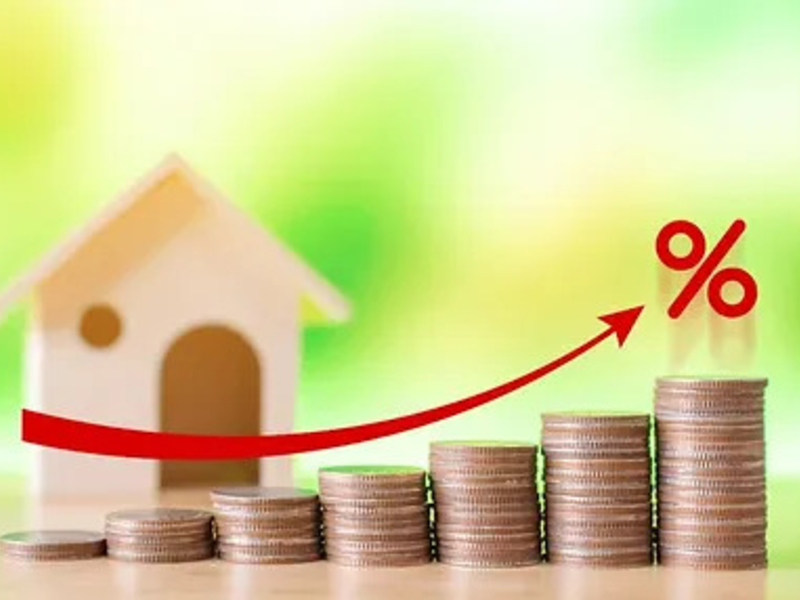As the demand for sustainable architecture grows, biomimetic HVAC (Heating, Ventilation, and Air Conditioning) systems are emerging as game-changers. Inspired by nature, these cutting-edge systems mimic biological processes to create energy-efficient commercial buildings that breathe, adapt, and regulate temperature naturally. Let’s dive into how biomimetic HVAC works and the advantages it offers for modern architecture.
Biomimetic HVAC refers to heating and cooling systems engineered using design principles found in nature. By studying how organisms manage temperature and airflow, engineers have developed technologies that minimize energy consumption while optimizing indoor environments. For example, termite mound-inspired designs leverage natural ventilation to cool spaces efficiently, reducing reliance on traditional mechanical systems.
Key Principles of Biomimetic HVAC
- Passive Cooling Through Natural Ventilation: One of the most remarkable aspects of biomimetic HVAC is its ability to harness natural ventilation for cooling. Inspired by termite mounds and renowned for maintaining stable internal temperatures despite external heat, these systems utilize convection-driven airflow to regulate indoor climates. By optimizing passive cooling, buildings can reduce cooling loads by up to 55%, making this approach particularly effective in tropical and arid climates.
- Adaptive Insulation Systems: Just as mammals regulate their body temperature through layers of fat and fur, biomimetic HVAC systems incorporate dynamic insulation materials that adjust their thermal properties in real time. Phase-change materials, for example, absorb and release heat as needed, significantly improving energy efficiency. Buildings utilizing PCMs and similar adaptive insulation methods can achieve energy savings of up to 67%, making them ideal for environments like aged care facilities and sustainable commercial spaces.
- Fractal Heat Exchange Networks: Drawing inspiration from nature’s intricate structures; such as elephant ears that efficiently dissipate heat, biomimetic HVAC systems employ branching heat exchange networks to maximize surface area for thermal regulation. This design enhances airflow efficiency while consuming 35% less energy compared to conventional HVAC systems, providing a smarter, more sustainable approach to climate control in modern architecture.
Real-World Applications of Biomimetic HVAC
Biomimetic HVAC technologies are no longer just concepts, they are actively transforming commercial buildings with impressive results. Some real-world implementations include:
- Ventilation Channels: Inspired by termite mound architecture, these channels optimize air circulation, leading to major reductions in cooling loads.
- PCM Thermal Buffers: Just like mammalian fat layers regulate body heat, phase-change materials help buildings maintain stable indoor temperatures while minimizing energy use.
- Turbulence-Reducing Surfaces: Taking cues from sharkskin, these textured surfaces improve airflow efficiency, enhancing overall HVAC performance.
Energy & Environmental Impact
The advantages of biomimetic HVAC go beyond just energy efficiency:
- Significant Energy Reduction: These systems cut operational energy use by 55-67% across various climate zones.
- Lower Peak Demand: Smart insulation and airflow designs help reduce peak energy loads, improving grid stability.
- Enhanced Indoor Comfort: With better temperature uniformity and air quality, occupants enjoy healthier, more comfortable spaces.
Strategic Investor Advantages of Biomimetic HVAC
Investing in biomimetic HVAC systems offers significant financial and competitive benefits:
- Higher Rent Premiums: Sustainable buildings command 5–10% higher rents, attracting premium tenants.
- Faster Occupancy Rates: Eco-certified properties lease 18% faster, reducing vacancy risks.
- Regulatory Compliance: Meets tightening global emissions standards, including initiatives like the EU Green Deal.
- Resilience: Biomimetic systems help future-proof assets against energy price volatility and shifting sustainability requirements.
By adopting biomimetic HVAC, investors turn buildings into high-performance assets that align ecological responsibility with strong ROI. In a market where 67% of tenants prioritize sustainability, this strategic advantage is more critical than ever.
The Future Outlook
The future of biomimetic HVAC is promising, with ongoing research driving advancements in several key areas:
- Scalable Bio-Inspired Materials: Development of nanocomposites that regulate humidity more efficiently.
- Self-Healing Ductwork: Inspired by plant vascular systems, these materials could improve HVAC system longevity and efficiency.
- AI-Driven Optimization: Artificial intelligence is being used to optimize airflow in real time, mimicking swarm intelligence found in nature.
With 3.8 billion years of evolutionary refinement as a guide, biomimetic HVAC is at the forefront of sustainable building design. Projections indicate a 45% market penetration in commercial retrofits by 2030, proving that buildings designed to function like living organisms are becoming a reality.
Biomimetic HVAC systems mark a major step forward in creating energy-efficient, sustainable commercial buildings. By adopting nature’s proven strategies for temperature regulation and airflow management, architects and engineers can design smarter structures that enhance comfort while reducing environmental impact. As this innovative approach gains traction, the future of architecture is set to be greener, more efficient, and more in tune with the natural world.
Trending





